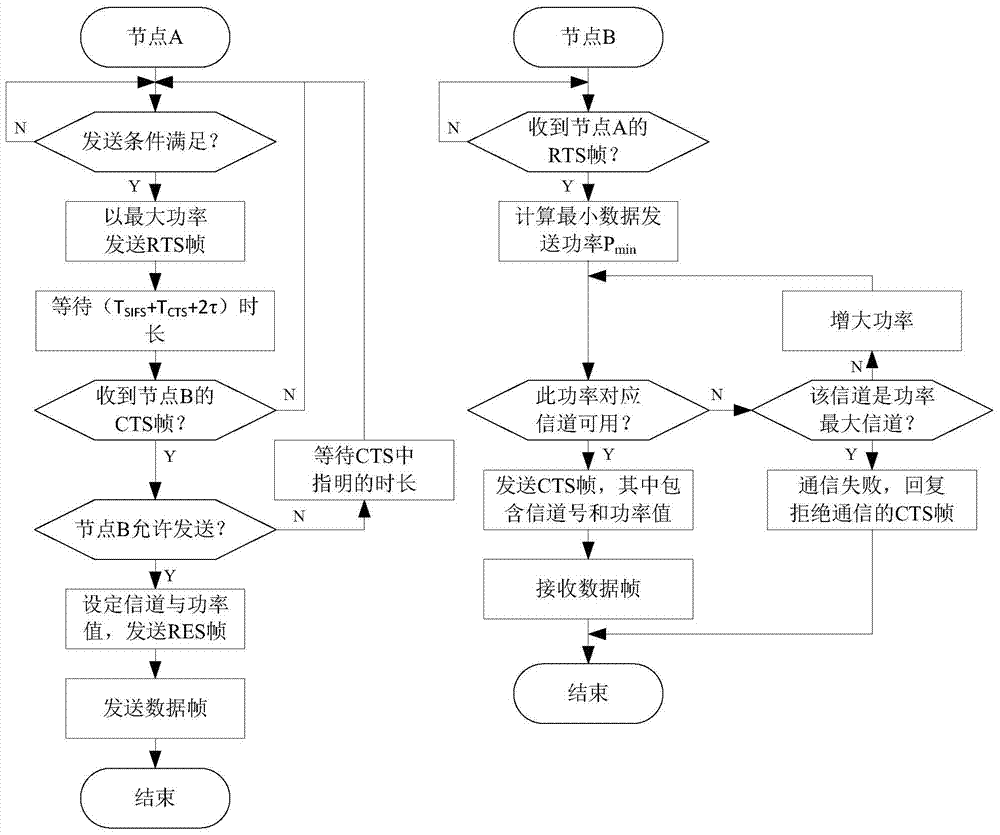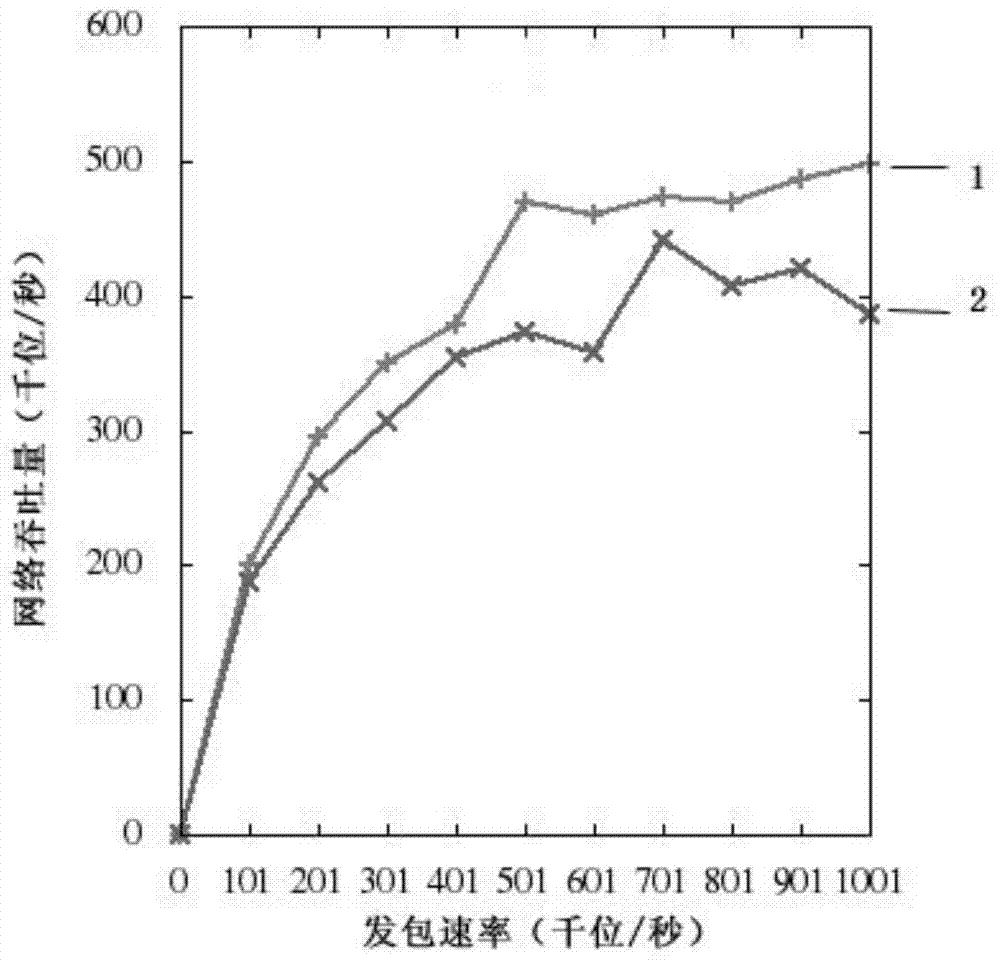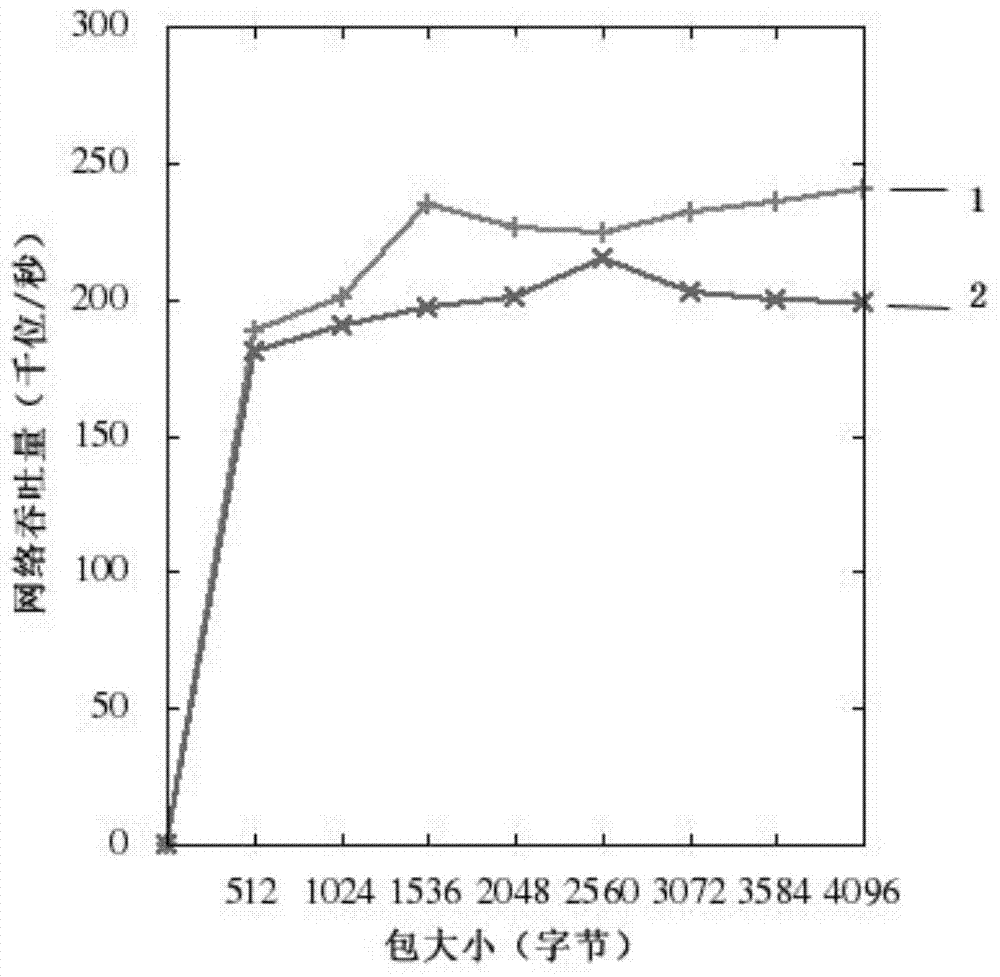Power control-based Ad Hoc network MAC (Media Access Control) layer channel allocation method
A channel allocation and control channel technology, applied in the field of Ad Hoc networks, can solve problems affecting the overall performance of the network, hidden terminals, data retransmission, etc., to achieve the effect of improving channel utilization and reducing conflicts
- Summary
- Abstract
- Description
- Claims
- Application Information
AI Technical Summary
Problems solved by technology
Method used
Image
Examples
Embodiment
[0039] figure 1 It is a working flow diagram of the present invention. In an Ad Hoc network, node A sends a data packet to node B, and proceeds as follows.
[0040] Step 1: Before node A sends data to node B, judge whether the following three sending conditions are satisfied according to the information table:
[0041] (1) Node B is at T DIFS +T RTS +T SIFS +T CTS It is idle after +2τ time, if there is no record of node B in the information table, the condition is automatically satisfied;
[0042] (2) There exists at least one data channel at T DIFS +T RTS +T SIFS +T CTS Idle after +2τ time;
[0043] (3) The control channel is at T DIFS After time is free.
[0044] When the above three conditions are met, node A sends the RTS frame with the maximum power; otherwise, node A needs to wait until the three conditions are met before sending the RTS frame.
[0045] Step 2: After Node B receives the RTS frame, it needs to calculate the minimum power. In order to ensure ...
PUM
 Login to View More
Login to View More Abstract
Description
Claims
Application Information
 Login to View More
Login to View More - R&D
- Intellectual Property
- Life Sciences
- Materials
- Tech Scout
- Unparalleled Data Quality
- Higher Quality Content
- 60% Fewer Hallucinations
Browse by: Latest US Patents, China's latest patents, Technical Efficacy Thesaurus, Application Domain, Technology Topic, Popular Technical Reports.
© 2025 PatSnap. All rights reserved.Legal|Privacy policy|Modern Slavery Act Transparency Statement|Sitemap|About US| Contact US: help@patsnap.com



